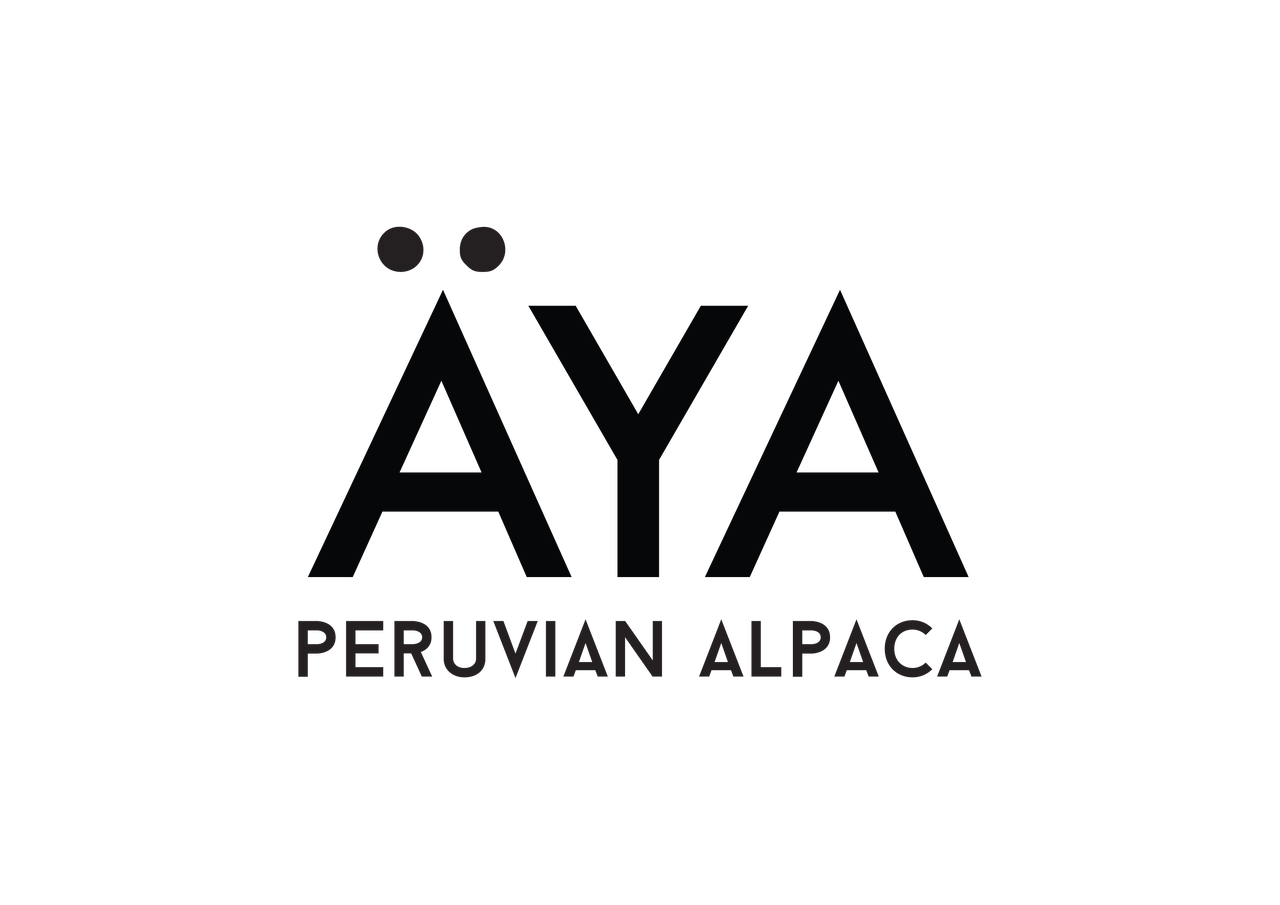Why Alpaca is Superior
Alpacas do not damage the pasture when grazing.
Alpacas nibble only the tops of grasses and other plants; they do not rip plants out of the ground, resulting in less disturbance of the vegetation and allowing it to grow back.
Alpaca feet do not damage the pasture.
In contrast to goats and sheep, which have sharp hooves that damage pasture and soil, alpacas have two toes with toenails on top and a soft pad on the bottom of each foot that minimises their effect on pasture-land. In other words, the grass system is not disturbed by alpacas, allowing the soil and their habitat to remain intact.
Alpacas do not use the land or water destined for food production.
The natural habitat of alpacas is about 3800 metres above sea level. At this altitude, the water supply is natural and the land is generally not suitable for agriculture. This makes alpacas more environmentally friendly than all other fibre-producing livestock that often contribute significantly to serious environmental problems. Vegetable fibres also represent a problem for the environment. For example, in Australia, 2830 litres of water are needed to produce 1kg of cotton.
Alpacas are highly efficient animals.
The efficiency of alpacas is especially notable considering that they require much less food intake than most other fibre-producing livestock. Cashmere goats, for example, require at least two times the amount of dry grass that alpacas need to produce 1kg of clean fibre.
Alpacas save energy.
The treatment system for the water used in the washing process of alpaca fibre requires less chemicals and energy than what is needed for other animal fibres.
Compared to other animal fibres, alpaca fibre has a low grease content (2.8 - 3.9%), which means that much less energy and chemicals are required to treat the water used for its washing process.
Wide range of products.
The fineness of the alpaca fibre ranges from 18 microns to more than 35 microns, which makes it possible to produce everything from extremely fine and light products to thick blankets with superior thermal performance.
Excellent appearance and durability.
The physical characteristics of alpaca fibre, such as its range of colours, structure and resistance, make it possible to create garments of an exceptionally fine quality, lustre and drape, properties difficult to replicate using any other textile fibre. The strength, density and curvature of the alpaca fibre make alpaca garments very resistant to wear and tear.
Efficient humidity absorption.
Due to the hygroscopic characteristics of the alpaca fibre, garments made of alpaca readily absorb moisture from the environment. In other words, the uncomfortable feeling of a “damp garment” is minimised in very humid climates.
Incredibly soft touch.
Microscopically, animal fibres have the appearance of a palm tree with scales. While the height of the scales in wool is between 0.65 to 0.90 microns, the alpaca fibre hardly reaches 0.25 microns. These characteristics make alpaca fibre much softer and smoother than other animal fibres or cotton.
High performance in extreme weather conditions.
Alpaca fibre is an excellent insulator for both heat and cold. Due to this property, home products made of alpaca fibre like carpets, blankets, quilts and curtains are very well-known within the category of home products. Alpaca fibre is also highly flame-resistant, making it an important eco-friendly natural fibre material used by the construction industry to insulate homes and businesses. Moreover, alpaca fibre is more flame resistant than vegetable or synthetic fibres. In case of fire, alpaca does not melt onto the skin as synthetics fibres do.
Alpacas are an important source of income for many Andean families.
To more than one million small alpaca farmers
in the central Andes of South America, alpacas are an important pillar for livelihood. Alpacas are also an extremely important element of cultural identity. According to the Peruvian National Institute of Statistics and Informatics (INEI) census in 2012, a population of 3.7 million alpacas support these Peruvian families.

為什麼羊駝毛是優越的
放牧時,羊駝不會損壞牧場。
羊駝只蠶食草和其他植物的頂端;它們不會將植物從地面上拔起,從而減少了對植物的破壞並容許它重新生長。
羊駝腳不會損壞牧草。
山羊和綿羊的尖蹄會損壞牧草和土壤,然而羊駝則與他們相反。羊駝的蹄有兩隻腳趾,而每隻腳的底部有柔軟的腳墊,使牠對牧草的影響降至最低。換句話說,草的系統不會受羊駝破壞,使土壤及其棲息地保持完好無損。
羊駝不使用生產糧食的土地或水。
羊駝的自然棲息地位於海拔約3800米。在這個海拔,供水系統是自然的,而土地通常也不適合農業使用。比起會嚴重導致環境污染的其他牲畜,羊駝的飼養更為環保。不止動物,連生產纖維的植物也有環境污染的問題。例如在澳大利亞,生產1公斤的棉花則需要用2830升水。
羊駝是高效率生產纖維的動物。
與大多數其他生產纖維的牲畜相比,牠們需要的食物要少得多,因此牠們生產纖維的效率特別顯著。例如,一隻製造羊絨的羊若要造1公斤的羊毛,牠所需的干草量至少是羊駝兩倍。
羊駝能節省能源。
羊駝毛的纖維在洗滌過程中所用的化學物質和能量比起處理其他動物纖維所需的更為少。這是因為與其他動物纖維相比,羊駝毛纖維的油脂含量較低(2.8-3.9%)。
羊駝毛的產品種類繁多。
羊駝毛纖維有不同的粗幼度,從18微米到35微米以上。所以羊駝毛能生產極細,輕的產品,也可以生產有卓越的熱性能的厚毛毯。
出色的外觀和耐用性。
羊駝毛纖維的物理特性,例如其廣泛不同的顏色,結構和阻力,使我們能製造出擁有極佳質量,光澤和形狀。這些特性是任何其他纖維複製不來的。羊駝纖維的強度,密度和曲度使羊駝用在服裝上非常耐磨。
高效吸濕。
由於羊駝毛纖維有一定的吸濕性,所以用羊駝毛製成的衣服很容易吸收環境及空氣中的水分。換句話說,在非常潮濕的氣候,“潮濕的衣服”這種不舒適的感覺會被降到最低。
令人難以置信的柔軟觸感。
在顯微鏡下,動物纖維具有像棕櫚樹帶著樹皮一樣的外觀。羊毛的鱗片的長度是0.65至0.90微米,而羊駝毛的纖維則幾乎不到0.25微米。這項特性使羊駝毛的纖維比其他動物纖維或棉花柔軟得多。
優秀的隔熱體。
羊駝毛纖維擁有極佳的隔熱及保溫作用。這種特性使羊駝毛在家用產品這個類別中非常知名(例如地毯,毯子,被子和窗簾的產品)。羊駝毛纖維還具有很高的阻燃性,使它在建築行業中知名,是能用在家中或公司裡的天然環保的纖維材料。



Leave a comment